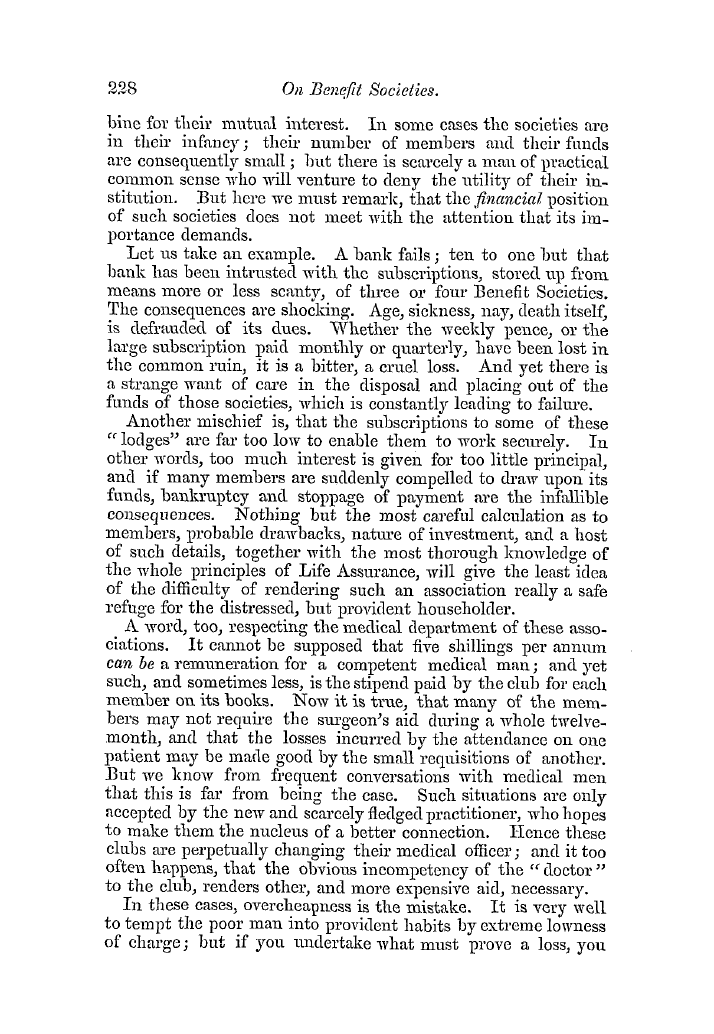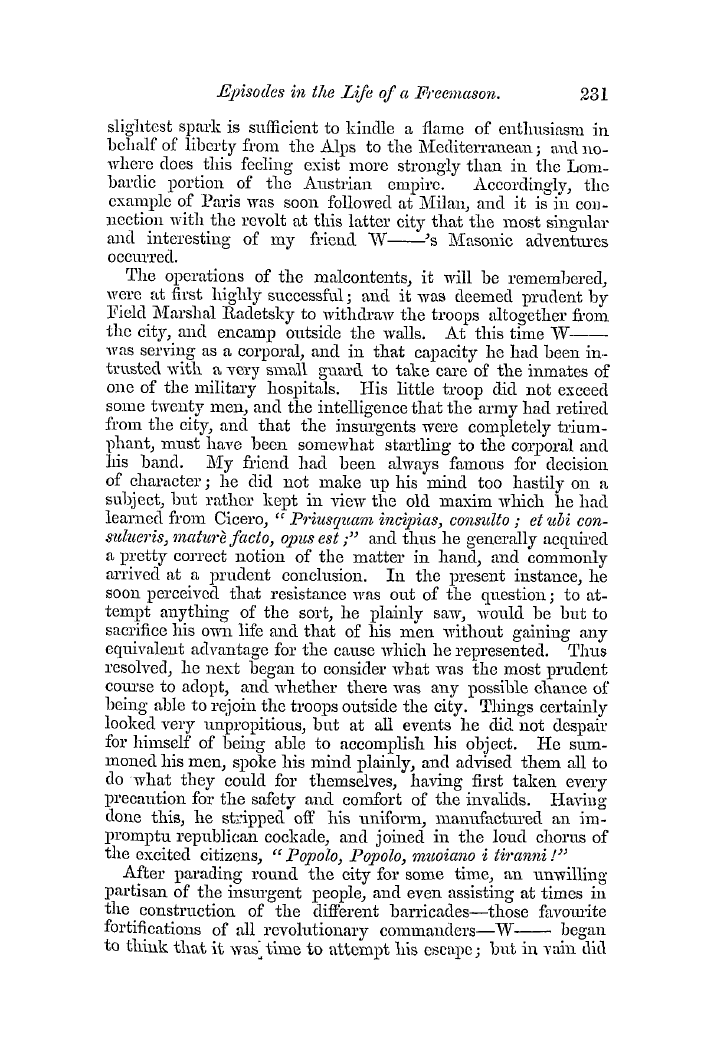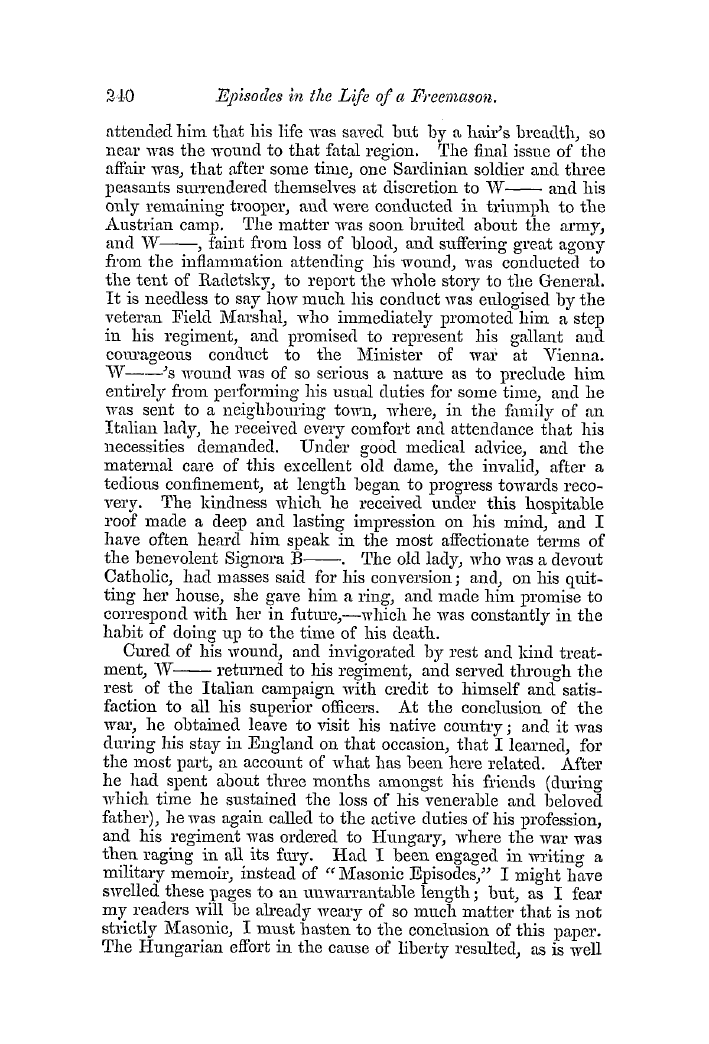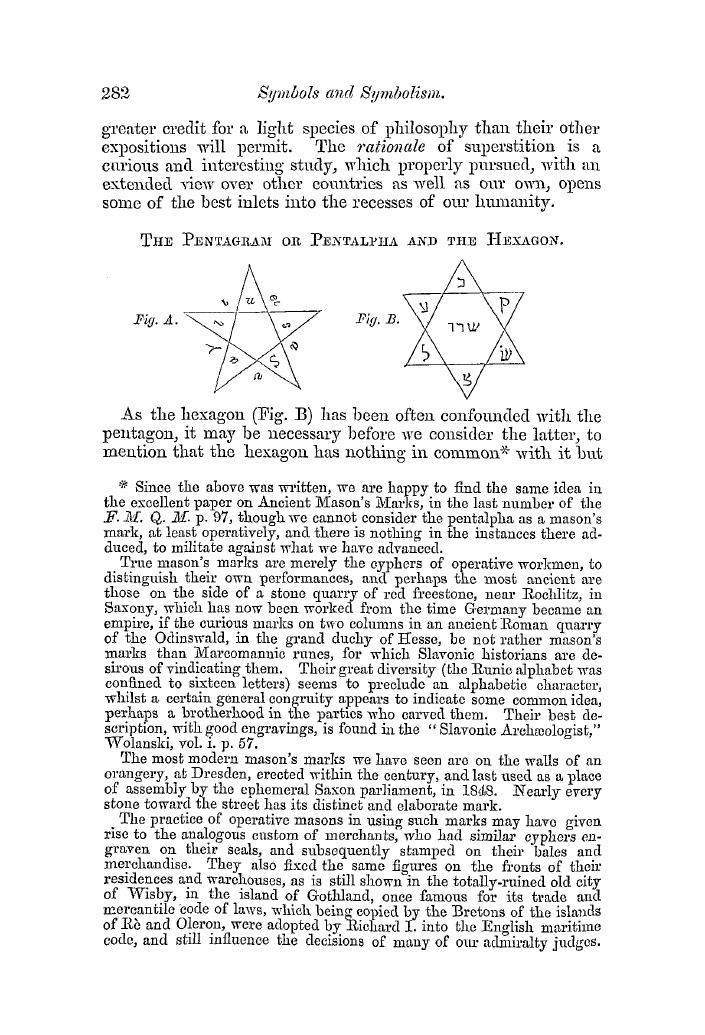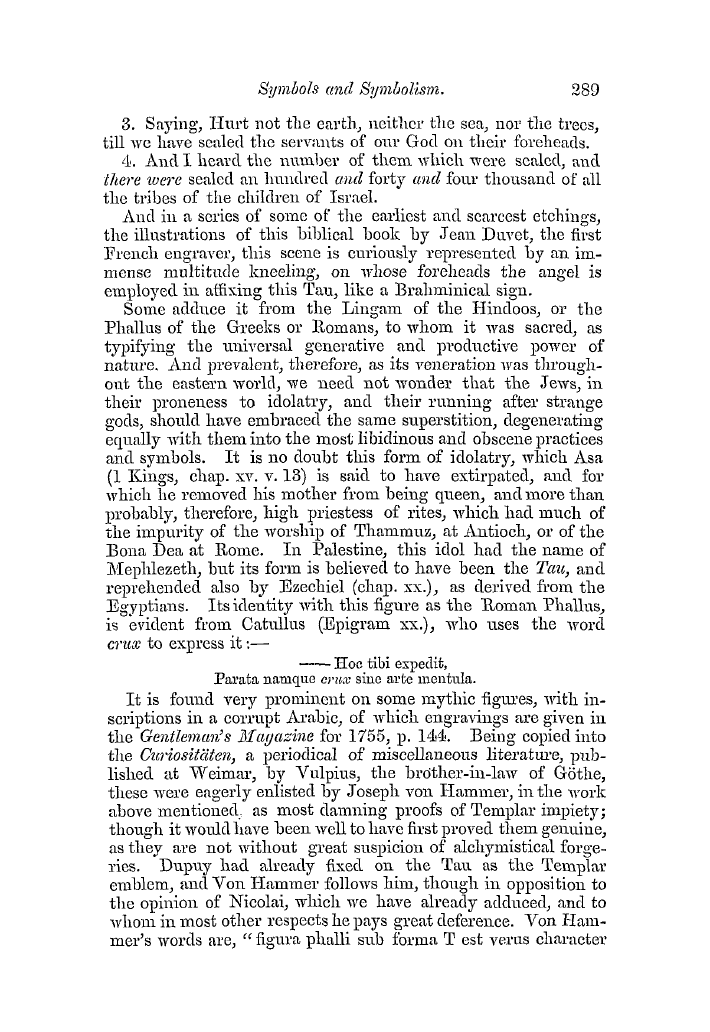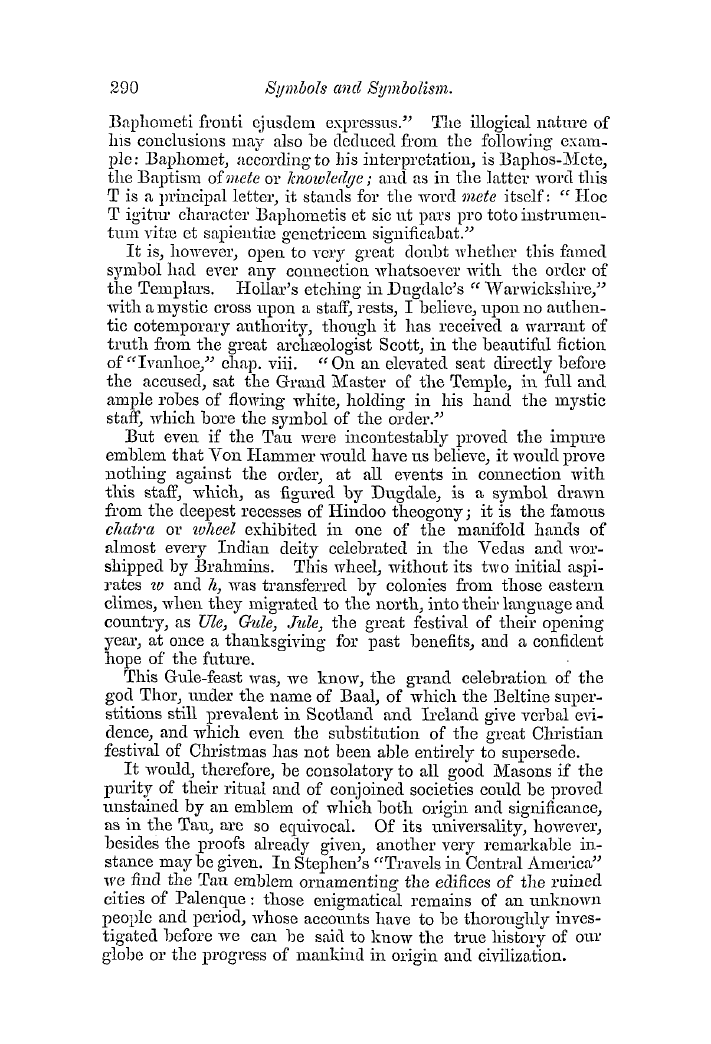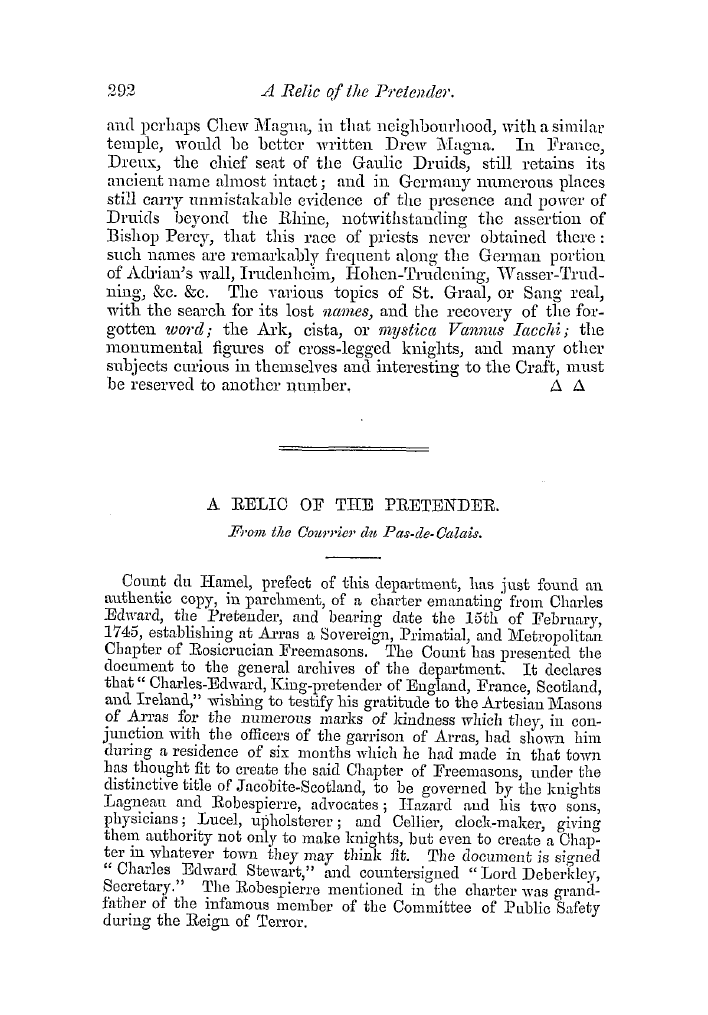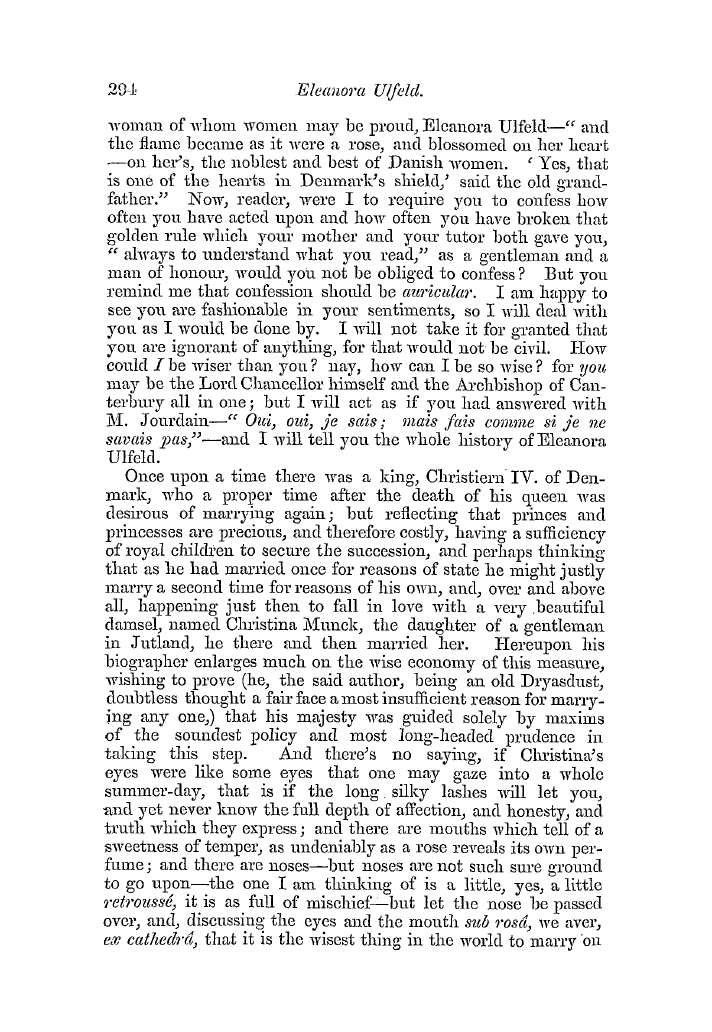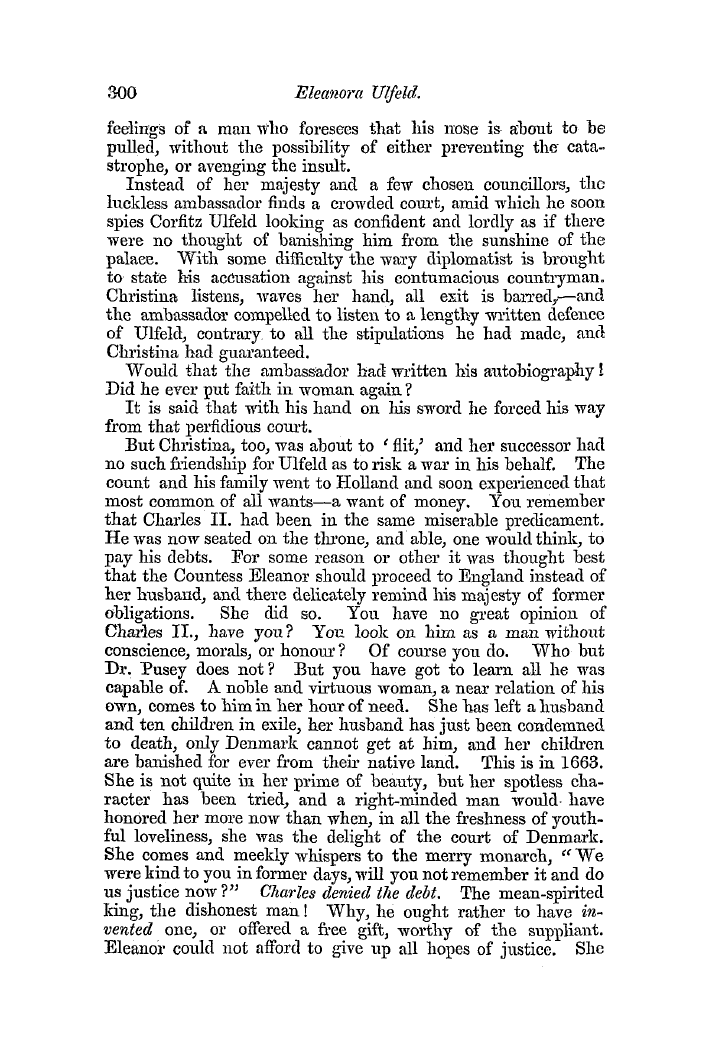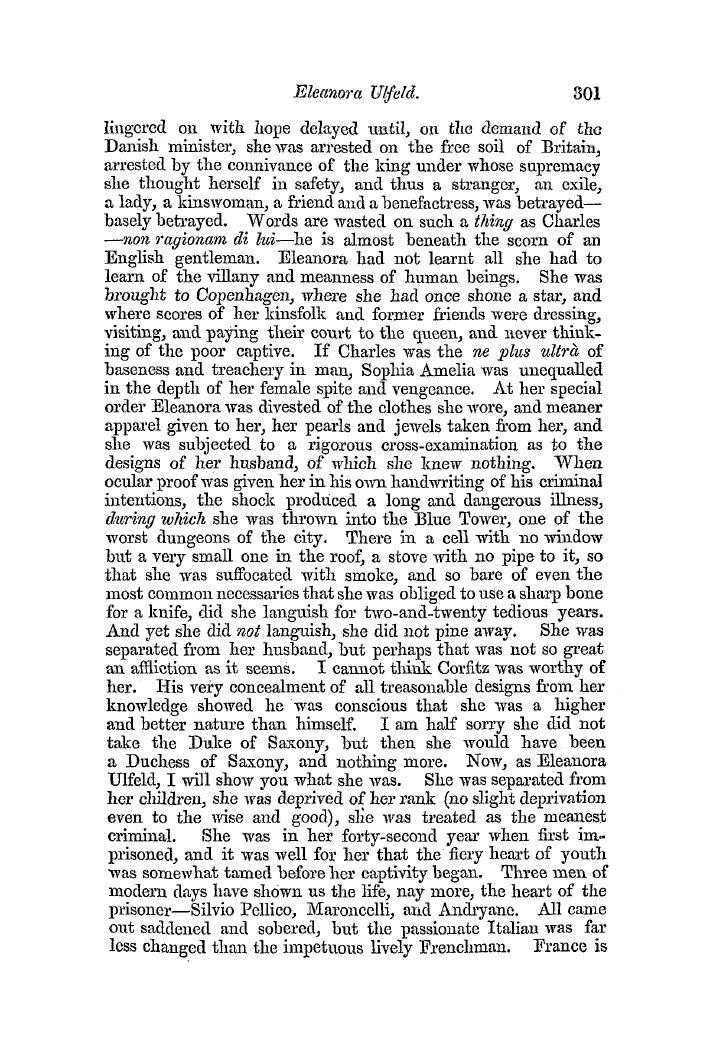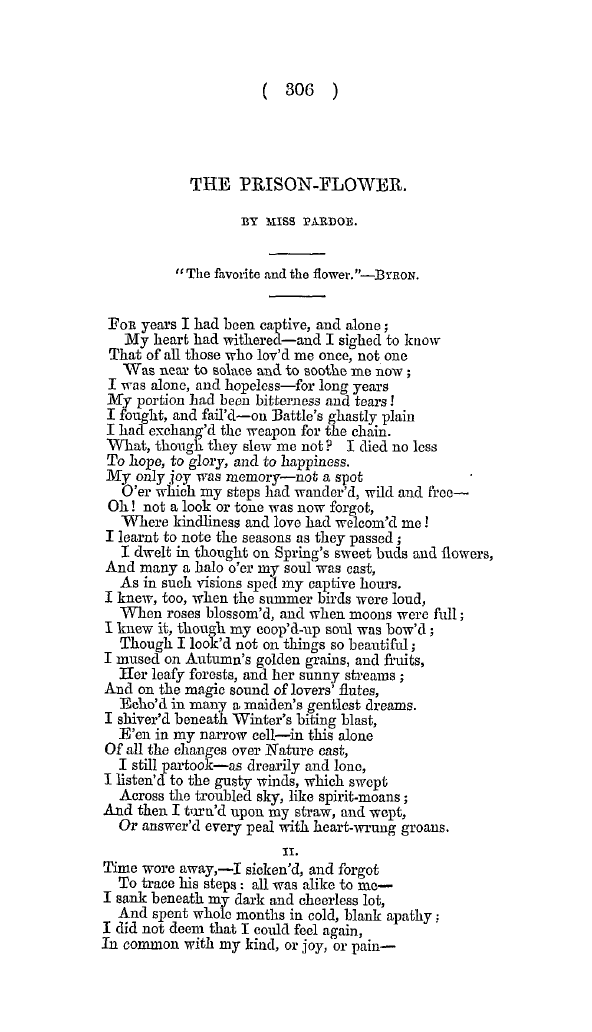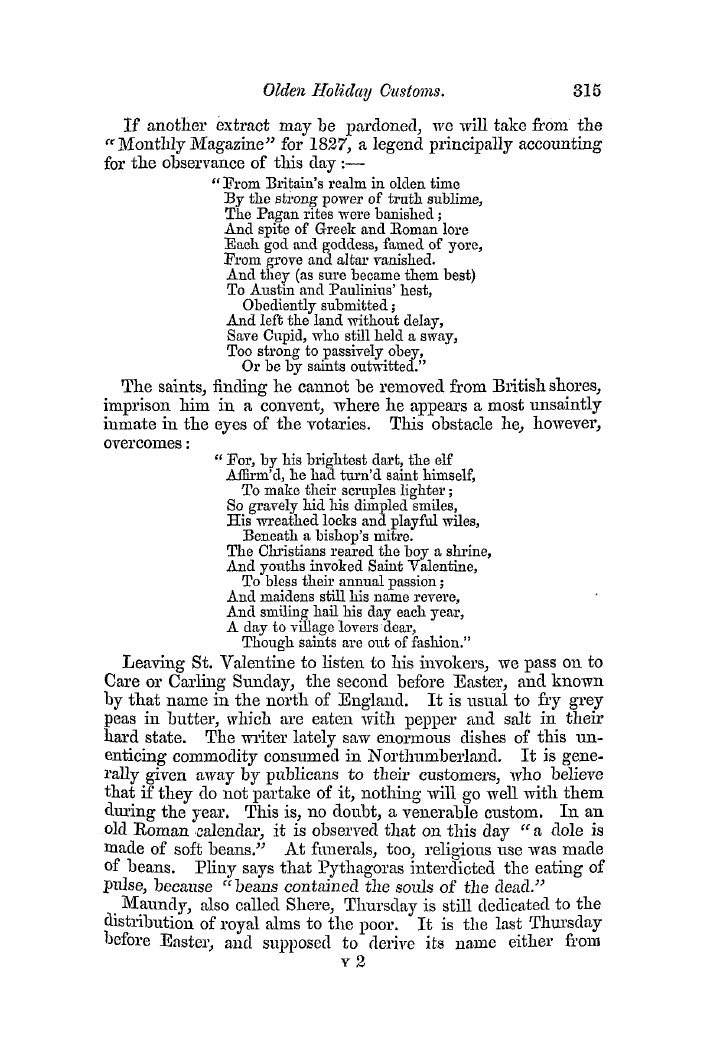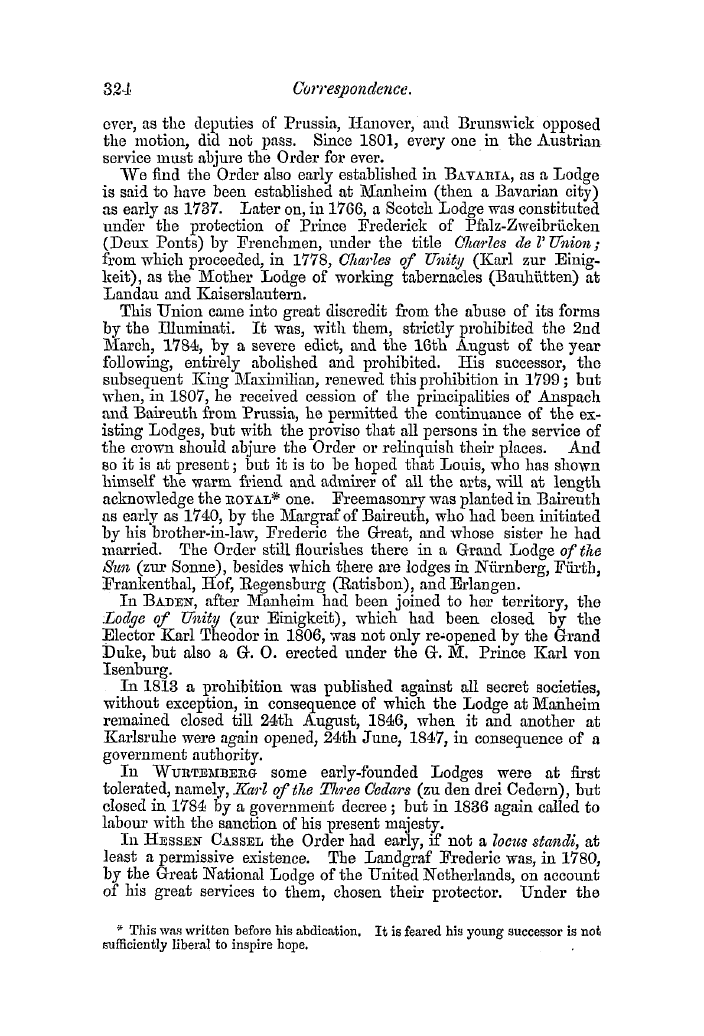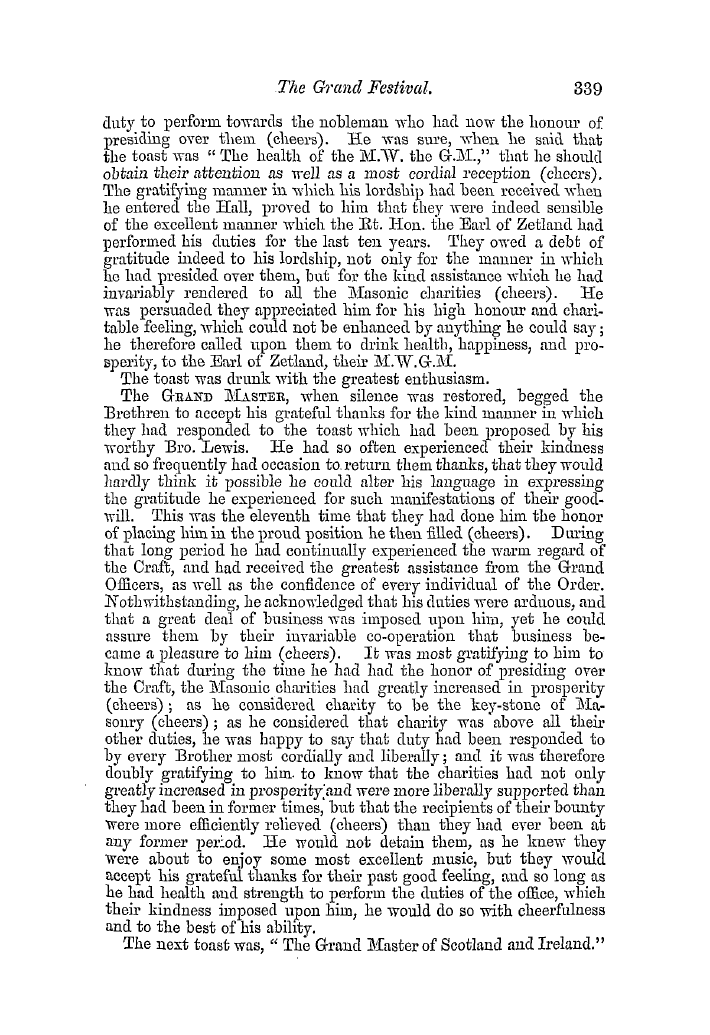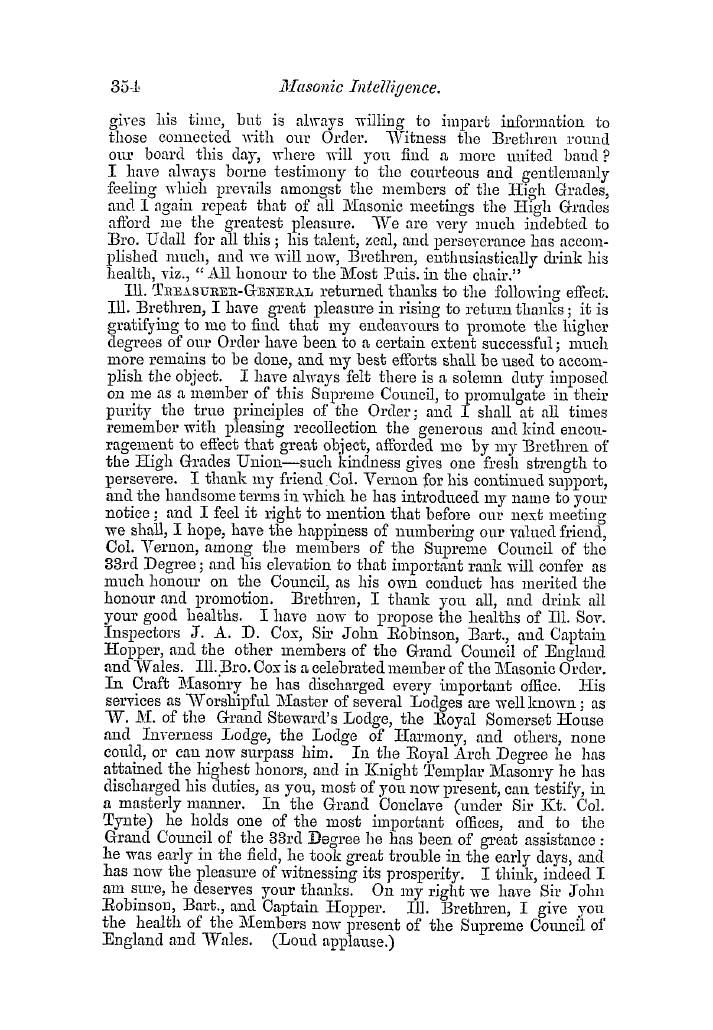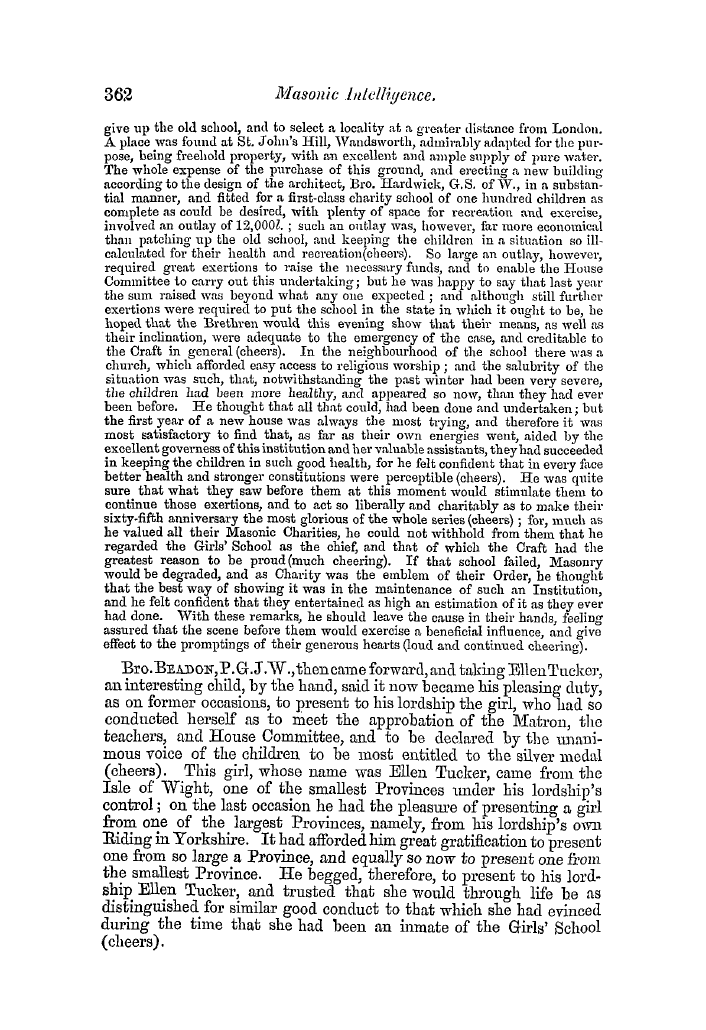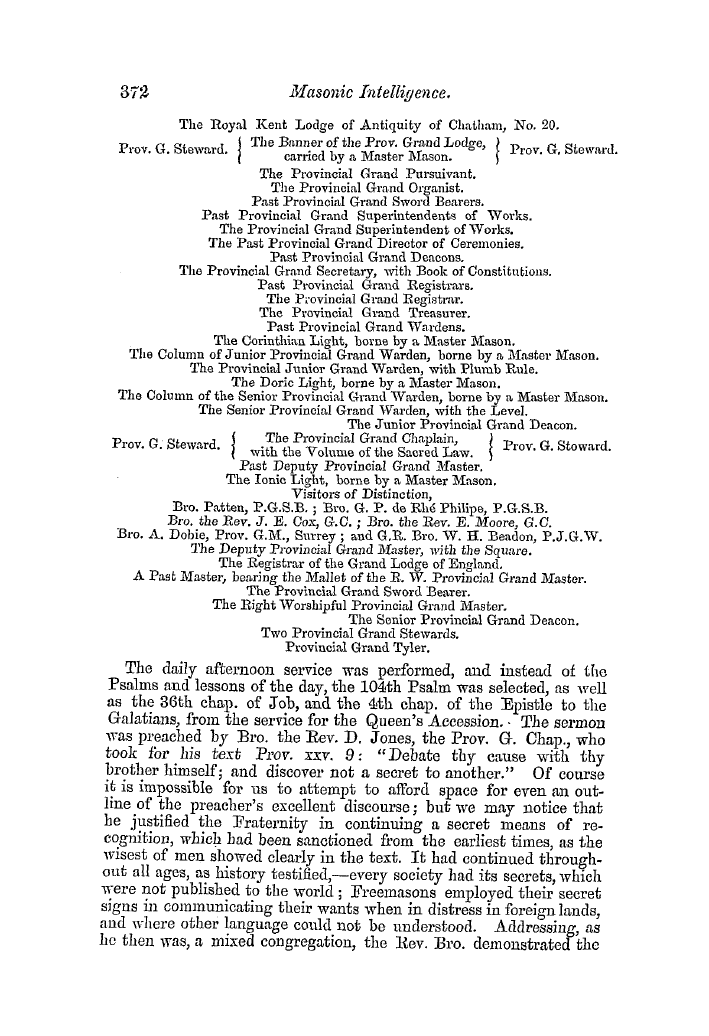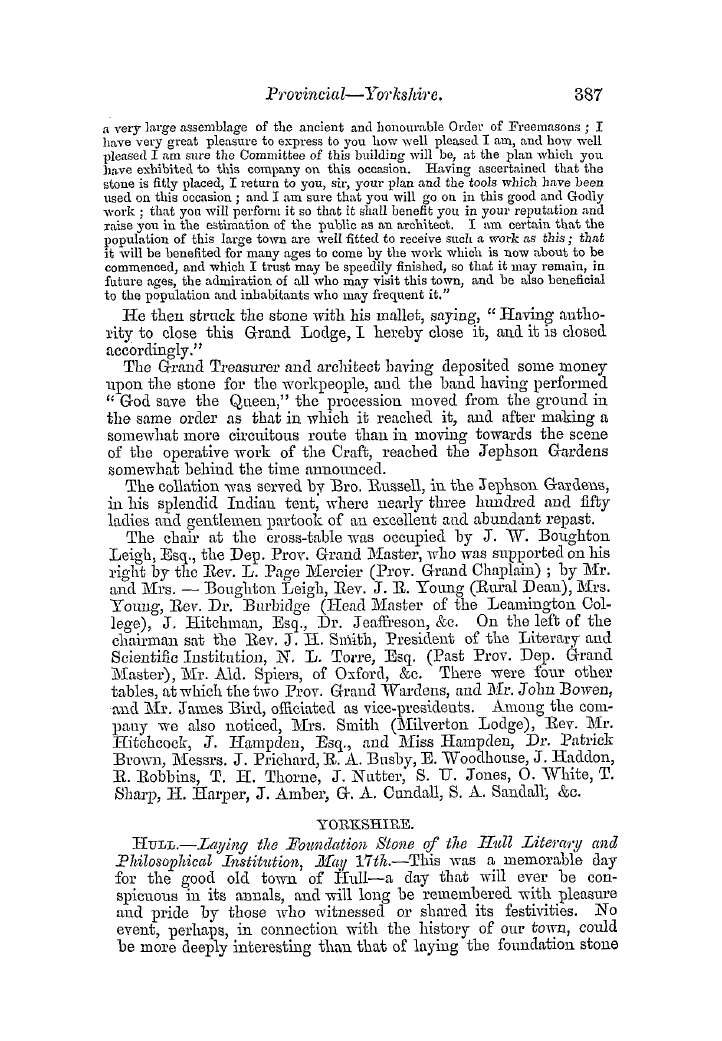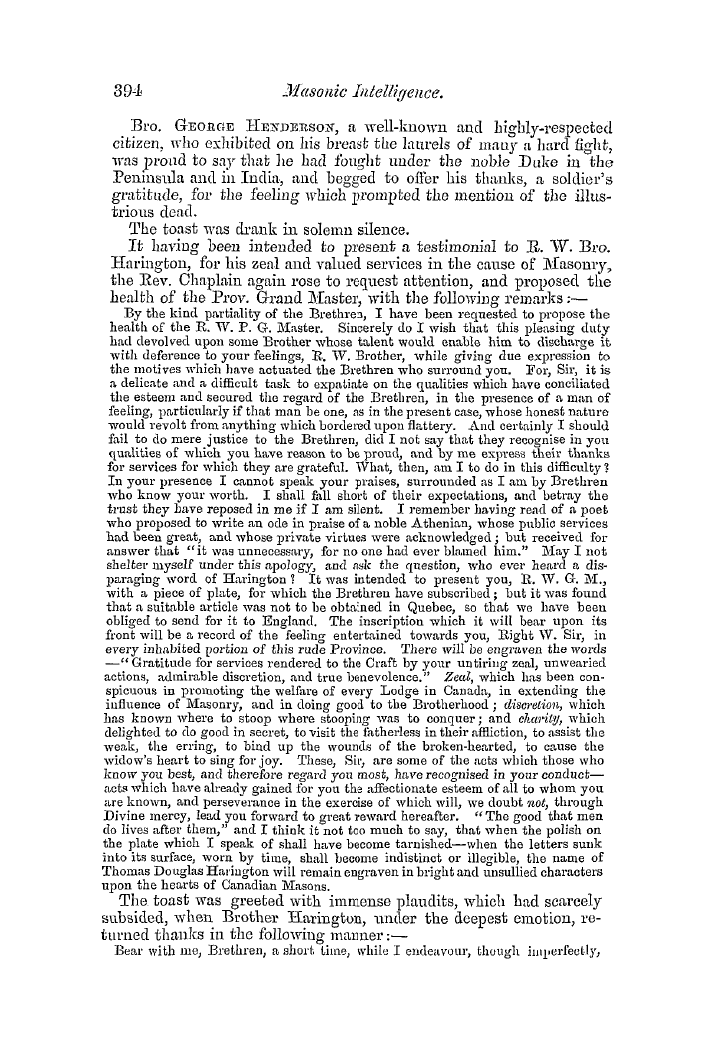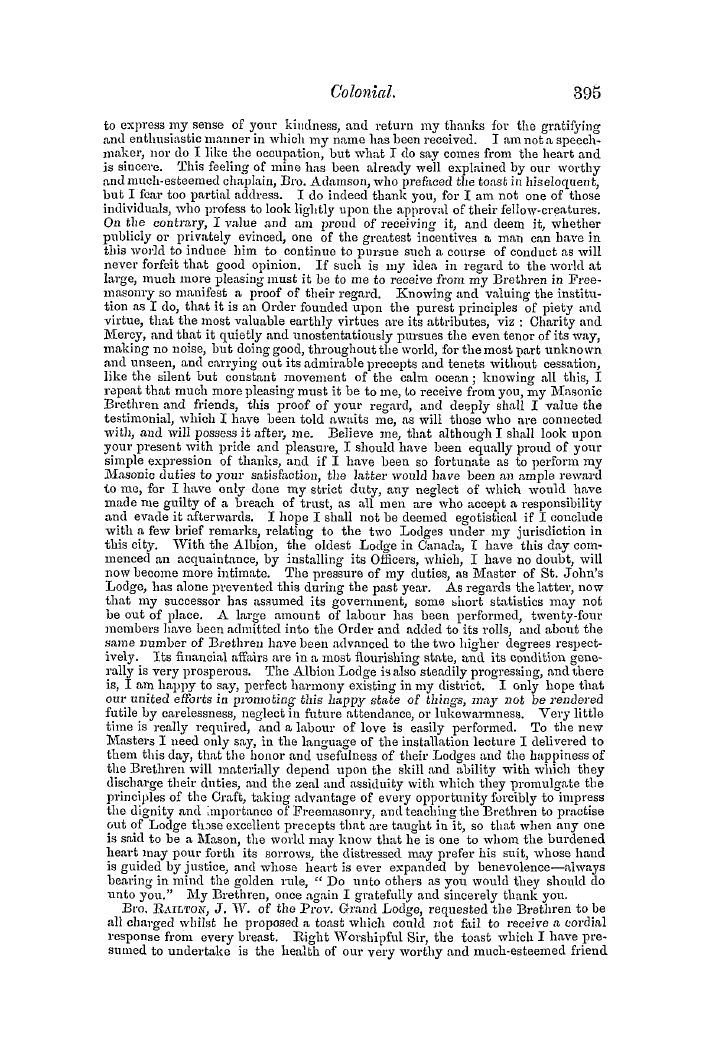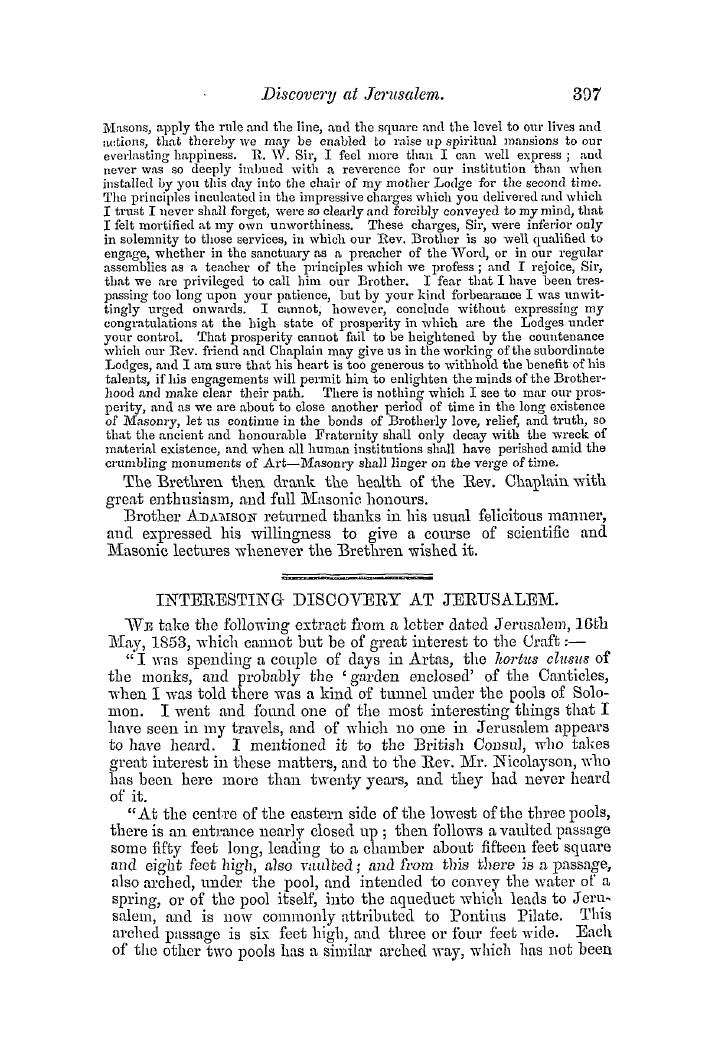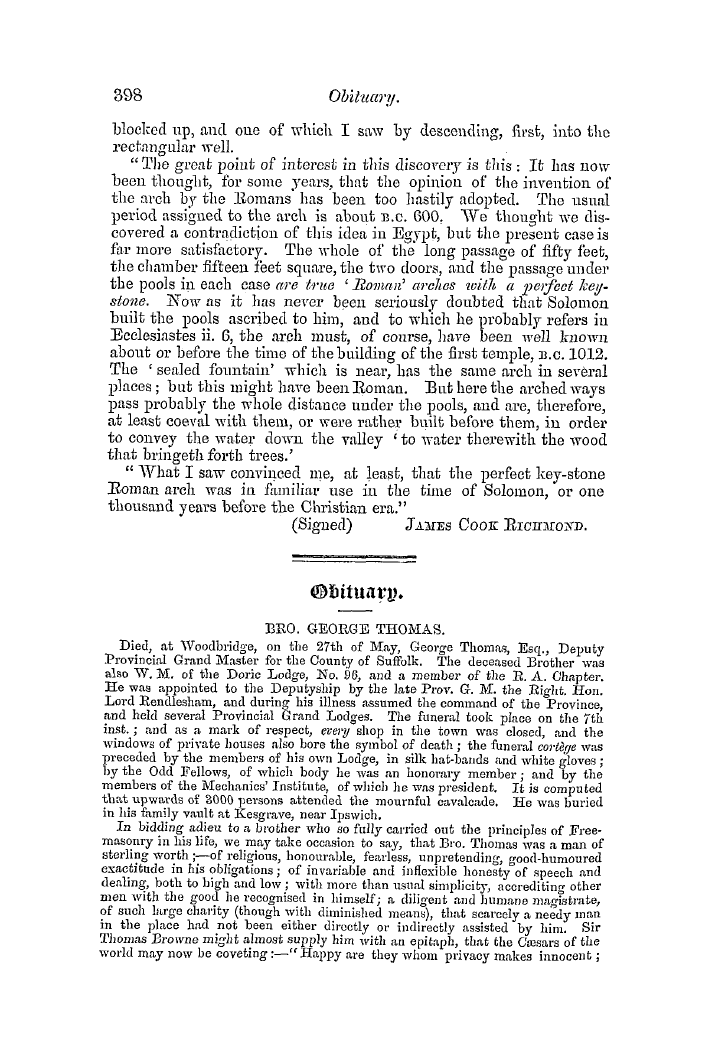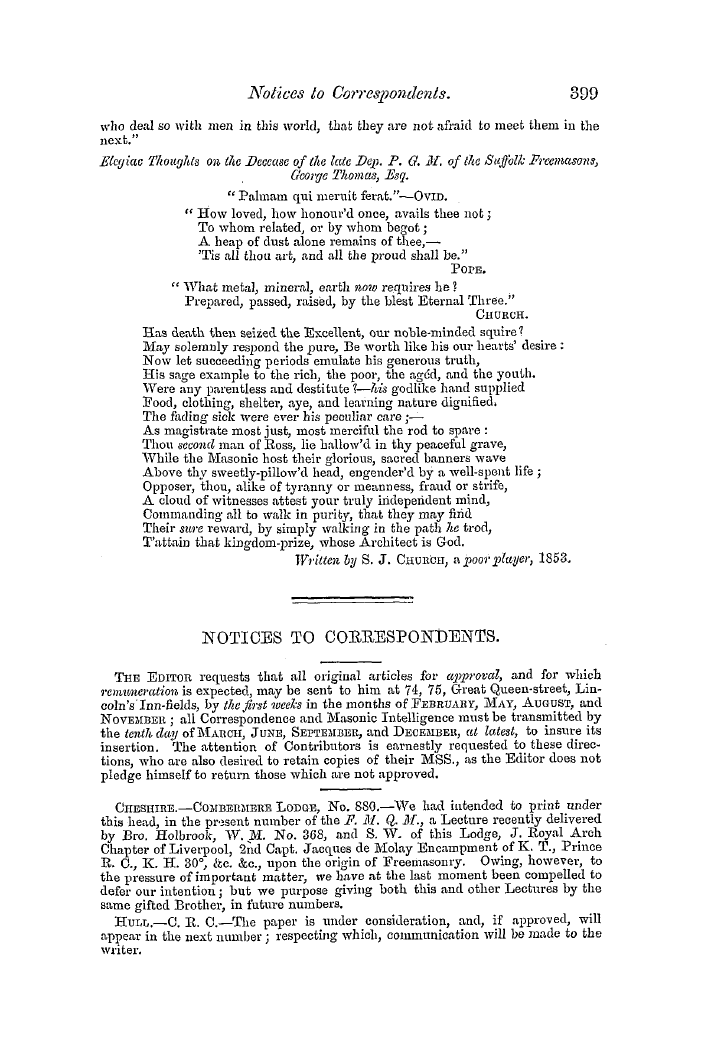-
Articles/Ads
Article ON SYMBOLS AND SYMBOLISM, ← Page 3 of 18 →
Note: This text has been automatically extracted via Optical Character Recognition (OCR) software.
On Symbols And Symbolism,
of our ancestors in these matters . When the Duke of Richmond , son of Jasper Tudor ,, ascended the English throne after defeating Richard III . at the battle of Bosworth Field , by the title of Henry VII ., he , or his counsellors , in looking round for an object by which his family name of Tudor might be expressed in a similar jingle of soundcould hit upon none better than the
, closed portcullis , which as a to-door , or door to or shut , came sufficiently near his name to serve to mark the personality of the monarch : ancl it is from no other than this simple assonance that the portcullis is mixed up even in our historical and state cognizances : hence it figures on the collars of the chief judges of the realm : heads the royal proclamations , ancl legalizes the
weights and measures of all the loyal lieges of her Majesty . But though so childish have been the devices of all our monarchs , on which a curious ancl interesting account might be written ,
our subject and space will only permit us to adduce additionally that of the unfortunate son of the Black Prince , Richard II . This monarch , it is well known , nearly rebuilt Westminster Hall , and a string course or frieze runs round its interior , ancl may be seen at any time , at about half the height of the wall ; in this every alternate figure is a hind or hart in various attitudes , but
in all , when first put up ( as the device is still found in illuminations in grand blazon ) , with the antlers , ducal neck-coronet , massive chain , hoofs , and genitals of the animal all gold , in heraldic phraseology or , so that it must necessarily be regarded as a rich-hart ( Richard ); ancl so personal was this device or badge to this ill-starred Richardthat we learn from Willement
, ( p . 20 ) , that the usurping Bolingbroke sent James d'Artois , a devoted adherent of the deposed monarch , to the block , because he resolutely refused to lay aside this mark of his devotion to his deposed master , ancl ivould not divest himself of the livery ancl name of his king .
3 . Signs are in so far distinguishable from Maries , inasmuch as the former are recognitions perceivable through any of the senses , whilst a mark , unless deeply incised , is confined exclusively to that of sight , and unlike a sign , cannot be communicated at a great distance . Thus a sign may be perceived in the dark through the organ of feeling : corhmunicated through a nosegay
or the peculiar aroma of a scent-jar : by a trumpet , or from some concerted tastes . Token is much the same as Sign , the latter from the Latin signare , used either objectively of a person signing , or subjectively of the thing signified : but , as drawn from the pure well of Saxon undefiled , the former as to ken , or to know , is much the more preferable word . There is , however , no doubt that in general practice and
Note: This text has been automatically extracted via Optical Character Recognition (OCR) software.
On Symbols And Symbolism,
of our ancestors in these matters . When the Duke of Richmond , son of Jasper Tudor ,, ascended the English throne after defeating Richard III . at the battle of Bosworth Field , by the title of Henry VII ., he , or his counsellors , in looking round for an object by which his family name of Tudor might be expressed in a similar jingle of soundcould hit upon none better than the
, closed portcullis , which as a to-door , or door to or shut , came sufficiently near his name to serve to mark the personality of the monarch : ancl it is from no other than this simple assonance that the portcullis is mixed up even in our historical and state cognizances : hence it figures on the collars of the chief judges of the realm : heads the royal proclamations , ancl legalizes the
weights and measures of all the loyal lieges of her Majesty . But though so childish have been the devices of all our monarchs , on which a curious ancl interesting account might be written ,
our subject and space will only permit us to adduce additionally that of the unfortunate son of the Black Prince , Richard II . This monarch , it is well known , nearly rebuilt Westminster Hall , and a string course or frieze runs round its interior , ancl may be seen at any time , at about half the height of the wall ; in this every alternate figure is a hind or hart in various attitudes , but
in all , when first put up ( as the device is still found in illuminations in grand blazon ) , with the antlers , ducal neck-coronet , massive chain , hoofs , and genitals of the animal all gold , in heraldic phraseology or , so that it must necessarily be regarded as a rich-hart ( Richard ); ancl so personal was this device or badge to this ill-starred Richardthat we learn from Willement
, ( p . 20 ) , that the usurping Bolingbroke sent James d'Artois , a devoted adherent of the deposed monarch , to the block , because he resolutely refused to lay aside this mark of his devotion to his deposed master , ancl ivould not divest himself of the livery ancl name of his king .
3 . Signs are in so far distinguishable from Maries , inasmuch as the former are recognitions perceivable through any of the senses , whilst a mark , unless deeply incised , is confined exclusively to that of sight , and unlike a sign , cannot be communicated at a great distance . Thus a sign may be perceived in the dark through the organ of feeling : corhmunicated through a nosegay
or the peculiar aroma of a scent-jar : by a trumpet , or from some concerted tastes . Token is much the same as Sign , the latter from the Latin signare , used either objectively of a person signing , or subjectively of the thing signified : but , as drawn from the pure well of Saxon undefiled , the former as to ken , or to know , is much the more preferable word . There is , however , no doubt that in general practice and













